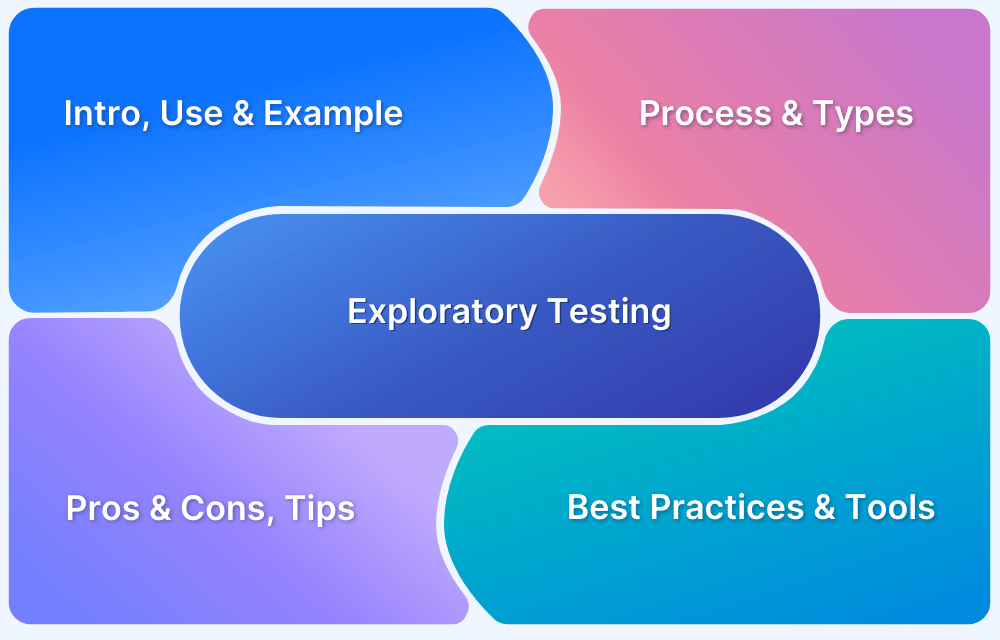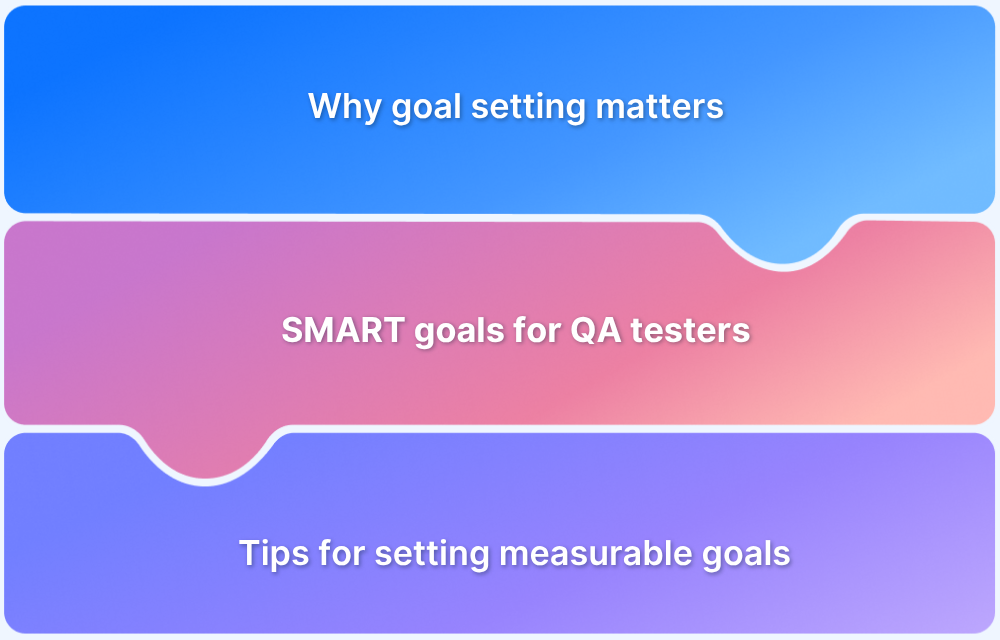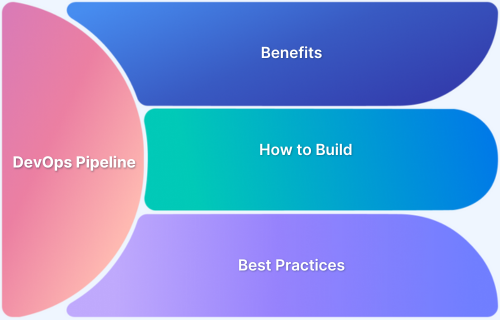Testing Excellence Unleashed: Achieve Superior Results
By Rahul Parwal, BrowserStack Champion - January 30, 2024
In the eyes of non-testing stakeholders, testing is often seen as test cases and other testing artifacts, such as test coverage reports, test execution reports, test automation scripts, etc. While focusing on these aspects may be fine for the stakeholder, the same mindset can degrade your testing performance. It is crucial to remember that the key to excellent testing begins with informal testing activities. It helps testers build a great testing model, which is very useful when identifying cases and scenarios for formal testing.
Overview
Core Strategies
Informal Testing and its importance
- Informal testing is done to explore the functional overview of a product or to gather user feedback
- It can provide quick feedback on the functionality and usability.
- Generally less expensive and time-consuming than formal testing.
- It can be conducted in real-world scenarios, allowing for more realistic feedback
Key Pointers for Achieving Superior Results
- Assume various personas when testing.
- Engage in conversations with key stakeholders.
- Perform exploratory testing and pinpoint potential risks.
This article will explain the key ingredients professional testers use to unleash testing excellence.
Testing Continuum: From Informal to Formal
So, to begin with the basics first. What is “Informal” Testing?
What is Informal Testing?
- Informal testing is testing that is not done in a specific way or to verify specific facts.
- Informal testing is a learning exercise about the product. Professionals often use this method to explore the functional overview of a product or feature quickly or to gather user feedback.
- This can effectively identify problems early in the development process and determine how well the product or feature will be received.
Informal testing activities are important for several reasons. Among the key reasons are:
- Quick feedback: Informal testing can provide quick feedback on the functionality and usability of a product or feature. This can help identify and fix problems early in the development process before they become more serious or costly to fix.
- Cost-effective: Informal testing is generally less expensive and time-consuming than formal testing, making it a cost-effective way to gather feedback on a product or feature.
- Realistic scenarios: Informal testing can be conducted in real-world scenarios, allowing for more realistic feedback on how the product or feature will be used in the field. It also helps to prepare a good mental model of the product space.
- Identify Risk Areas: Learn about the product to find problems that matter.
- Test Design: It helps to design better tests based on the right focus areas. Better test design leads to sharper formal testing.
Here are a few checkpoints on when to invest time in informal testing activities:
- When you are exploring a new feature or idea and want to test it out to learn about it.
- When you are testing for usability or user experience.
- When you are new to the product.
- When you want to explore requirements.
- Before preparing a formal test strategy.
- Before starting formal testing (e.g., Test case writing).
Informal testing can be beneficial for a variety of stakeholders, including software developers, testers, project managers, and users. However, good informal testing skill comes with practice and experience and is extensively used by professional testers.
Test Activities for Achieving Superior Results
Imagine a car enthusiast who can recite every specification of their favorite car model but has never actually sat behind the wheel. Would you trust them to drive your car? Probably not. Similarly, in the realm of software testing, reading documentation and specs alone won’t make you an effective tester. To achieve superior results, you need to dive in, explore, and embrace a variety of testing approaches that go beyond the traditional boundaries of scripted testing. Here are the steps to embark on a journey to unleash testing excellence.
Play with the Product
Just like you can’t become a skilled driver by studying car manuals, you can only truly understand a software product if you interact with it. This is where informal testing shines. Imagine the software as a car, and you’re the driver. Play around with it, switch gears, and take different routes to get a real feel for its behavior. During this playful exploration, you can assume various personas:
- Normal User: Approach the product as an everyday user, taking the most common paths.
- Trial Customer: Pretend to be a curious newcomer, exploring the product’s features during a trial period.
- Paid Customer: Experience the product as a paying customer, expecting premium service.
- Fast or Experienced Customer: Push the product to its limits, just like a seasoned driver would.
- Slow Customer: Test the patience of the product by intentionally moving slowly or causing delays.
By taking these personas, you uncover various aspects of the product that conventional scripted testing might overlook.
Interviews & Discussions
Software doesn’t exist in a vacuum; it’s built by people for people. To truly understand the software’s purpose, you must talk to those involved. Engage in conversations with key stakeholders:
- Support Team: They deal with customer issues daily and can provide valuable insights into common problems.
- Marketing Team: They can offer a perspective on customer expectations and market trends.
- Dev Team: Developers possess in-depth knowledge of the product’s inner workings.
- Product Owner: Their vision shapes the product’s direction.
- Customer (or Proxy of Customer): Direct end-user feedback is priceless.
These interactions will help you align your testing efforts with the expectations and needs of the people who matter most.
App Reviews
In the digital age, the customer is king, and their feedback is your ultimate treasure. Dive into app reviews and user feedback. Understand how your users feel about your product. Identify pain points, issues, and areas for improvement. Their words will provide valuable guidance for defining your test strategy and overall testing endeavors. This will also enable you to do better testing advocacy.
Exploratory Survey & Analytical Exploration
Exploratory testing is like embarking on a grand adventure within the software landscape. Think of it as surveying uncharted territory. During this phase, you:
- Survey the Territory: Navigate through the software, exploring different paths and features.
- Find Boundaries: Identify where the software’s capability limits are in terms of functionality, data, interface, etc.
- Question Assumptions: Challenge preconceived notions about how the software should behave.
After your initial exploration, it’s time to dig deeper. Identify areas that require more in-depth testing. Pinpoint potential risks that might hide beneath the surface. Analyze the product’s design to understand how it aligns with user expectations and industry standards.
Read More: Exploratory Testing: A Detailed Guide
Product Coverage Outline
Imagine creating a detailed map of the software landscape. This involves modeling each element of the app, including
- Structure: A list of everything comprising the software product.
- Functions: Define the functions of each feature.
- Data: Different kinds of data are possible for the product—ex: Input, Output, Preset, Persistent, etc.
- Interface: Clearly define different interfaces to interact with the product.
- Platform: Define the platform-related factors such as external hardware or software.
- Operations: Different kinds of operations and operating users are possible for the software.
- Timing: This involves considering the relation of the product with time—ex: Parallel usage, app timeouts, etc.
By creating such a comprehensive outline, you ensure that every stone is turned in in your testing efforts.
In conclusion, achieving testing excellence requires a multi-faceted approach that goes beyond scripted testing. Just as a skilled rider learns more from riding than reading specs, a skilled tester learns more from playing with the product, engaging with stakeholders, and conducting exploratory testing. By embracing these techniques, you’ll unleash the full potential of your testing efforts and achieve superior results. So, step into the pro tester’s seat, explore the software landscape, and let testing excellence be the guiding star of your work.





